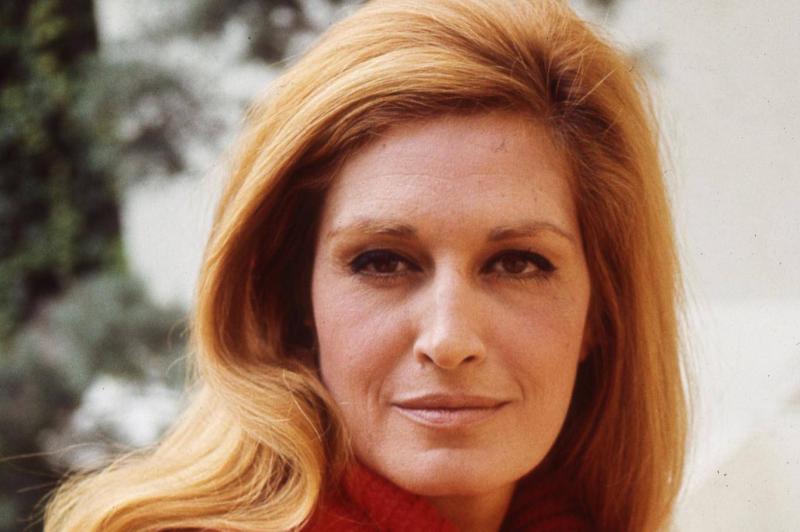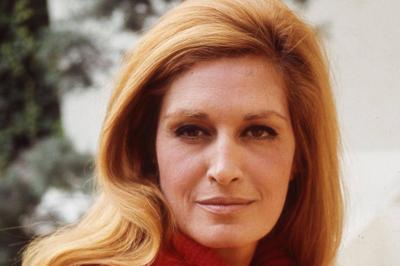Today, Tuesday, May 3, marks the anniversary of the passing of the famous artist Dalida, who left this world in 1987, leaving behind her talent and memorable works.
Who was the child Yolanda? Yolanda experienced a difficult childhood in the neighborhood of "Shubra," one of the largest districts in Cairo, due to her father's nervousness and strictness, and her mother's conservatism. Both were originally from Italy and born in Egypt, and they imposed strict supervision on her, especially since her father had been imprisoned during World War II due to his Italian nationality. In her teenage years, she became involved with an Italian boy from Shubra named Armando, who was her first love. After her father's death, who worked as a violinist, she worked as a typist at a pharmaceutical company to help her mother, who was a seamstress. At that time, she cleverly persuaded her mother to allow her to participate in a beauty contest in Egypt in 1951, where she won, which later encouraged her to enter the Miss Egypt contest, winning that as well in 1954. This upset her mother, who disapproved of seeing her daughter's pictures in magazines wearing swimsuits, but she later retracted her stance.
Yolanda chose the name "Dalida" for herself, with several theories behind the name. One explanation pertains to her resemblance to actress Hedy Lamarr, the star of the film "Samson and Delilah." Another story suggests that while she was singing, she met "Alfred," a friend of the film director who discovered her in Egypt. Alfred remarked that her name was somewhat strange and suggested she change it. After much thought, she decided to combine her real name "Yolanda" with the name she liked "Delilah," resulting in "Dalida."
Her rise to fame began when she became Miss Egypt in 1954, catapulting her into the limelight. That same year, she moved to Paris, where she shared an apartment with her friend Gina Gordel. The same building was also home to Alain Delon, who later became one of the most famous actors and had a strong relationship with Dalida. In Paris, where she aimed to pursue acting, Dalida found herself singing after Roland Berger discovered her talent. She continued her singing career, performing on the biggest international stages alongside Julio and many others.
Some of her films include: "Joseph and His Brothers" with Omar Sharif (1954), "The Mask of Tutankhamun" (1955), "Cigarette and a Glass" with Samia Gamal, "Brigade des mœurs" by Maurice Boutel, and "Rapt au Deuxième Bureau" by Jean Stelli. Additionally, she recorded songs in seven languages, including French, Arabic, and Italian, which garnered her a diverse audience. Some of her most famous songs are "Il venait d'avoir dix-huit ans," released in 1973, "حلوة يا بلدي," and "سلمى يا سلامة," in which she competed with top artists of that time.
Her passing: Dalida died on May 3, 1987, by suicide through an overdose of barbiturate pills at the age of 54, leaving behind a note that read, "Forgive me, life has become unbearable." She was buried in the Montmartre Cemetery in Paris, where a statue of her was created at her actual size, considered one of the most distinctive sculptural works in the graves of celebrities. In 2016, Hollywood produced a film depicting significant phases of Dalida's life, highlighting her as one of the prominent artists of the 20th century. She left behind approximately 500 songs in French and 200 in other languages, with record sales exceeding 80 million worldwide.




